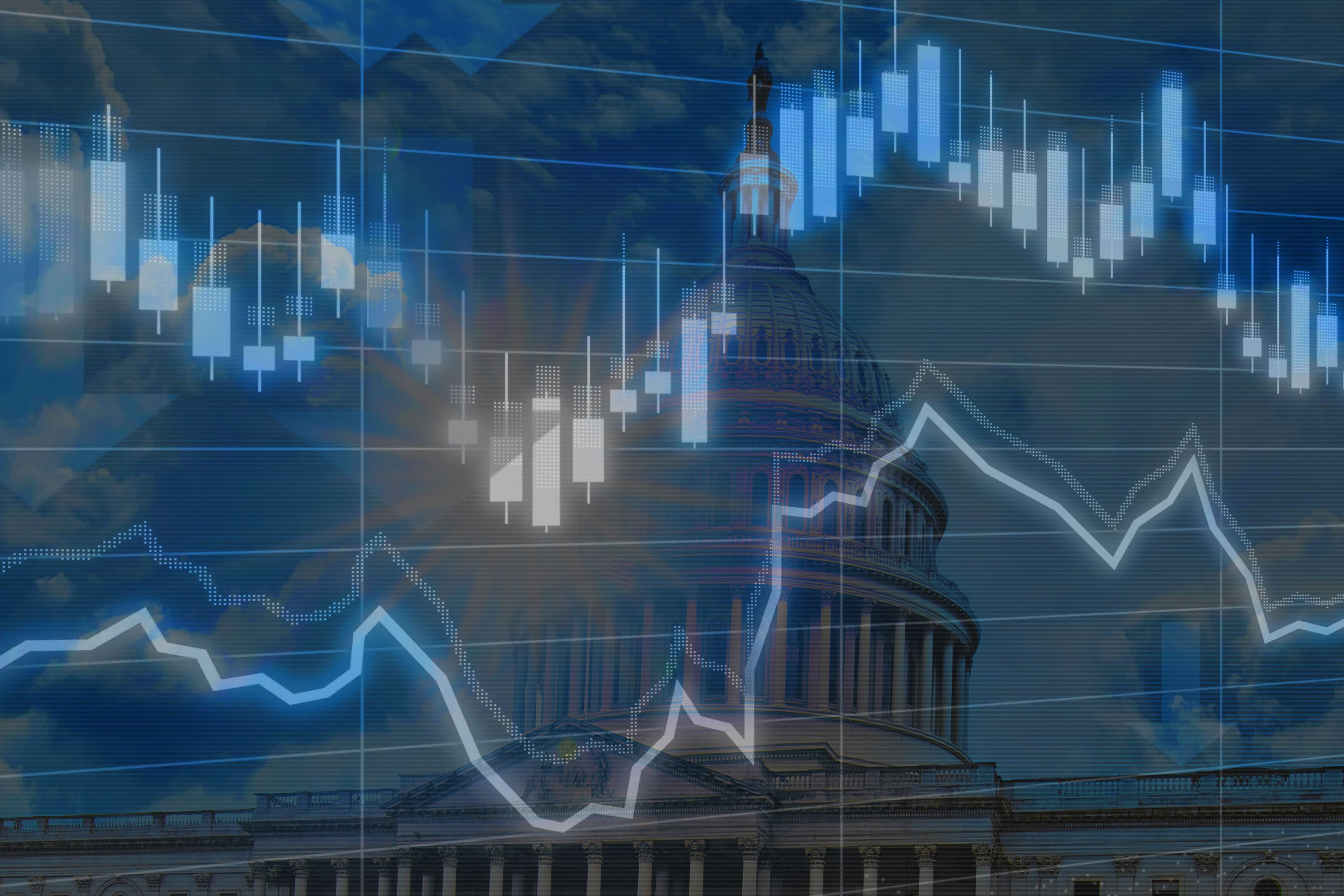Exploring Blockchain Trends in 2025 and Beyond
TG
Introduction to Blockchain Trends
The blockchain landscape is constantly evolving, and as we approach 2025, several trends are poised to reshape the industry. Understanding these trends can provide insights into the future of technology and finance. From enhanced security measures to innovative applications, blockchain technology is set to revolutionize numerous sectors.
Enhanced Security Features
One of the most significant trends in blockchain is the development of advanced security protocols. As cyber threats become more sophisticated, blockchain technology is evolving to provide stronger defenses. These enhancements include quantum-resistant algorithms and zero-knowledge proofs, which offer robust protection for sensitive data.

Integration with IoT
The Internet of Things (IoT) is another area where blockchain is making substantial inroads. By integrating blockchain with IoT, businesses can ensure secure communication between devices, reducing the risk of data breaches. This synergy promises to enhance efficiency and traceability across various industries, from manufacturing to logistics.
Moreover, blockchain's ability to provide immutable records makes it ideal for tracking the provenance of goods, thereby improving transparency and trust in supply chains. This integration is expected to drive significant advancements in how devices interact and share information securely.
Decentralized Finance (DeFi) Expansion
Decentralized Finance, or DeFi, has gained significant traction in recent years, and its growth is expected to accelerate by 2025. DeFi platforms offer financial services without intermediaries, leveraging blockchain technology to provide greater accessibility and efficiency. The expansion of DeFi will likely lead to new financial products and services, democratizing access to banking and investment opportunities globally.

Interoperability Between Blockchains
As the number of blockchain networks increases, interoperability becomes crucial. In 2025 and beyond, we anticipate significant progress in creating seamless interactions between different blockchains. Protocols that enable cross-chain communication will allow for more comprehensive solutions, enhancing the functionality and adoption of blockchain technology.
- Improved cross-chain transactions
- Unified decentralized applications (dApps)
- Enhanced user experience through integrated ecosystems
Blockchain in Government and Public Sector
Governments worldwide are beginning to explore blockchain for public sector applications. From secure voting systems to transparent public records, blockchain can enhance trust and efficiency in government operations. By 2025, more countries are expected to implement pilot projects that leverage blockchain for improved governance.

Sustainability and Energy Efficiency
As environmental concerns grow, the sustainability of blockchain technology is under scrutiny. Innovations such as proof-of-stake consensus mechanisms are being developed to reduce energy consumption significantly. By making blockchain more energy-efficient, widespread adoption becomes feasible without compromising environmental goals.
These developments also align with global efforts to promote sustainability, ensuring that blockchain can play a role in creating a greener future.
Conclusion
The future of blockchain holds immense potential across various sectors as technology continues to evolve. By keeping an eye on these emerging trends, businesses and individuals can better position themselves to leverage the opportunities that blockchain presents in 2025 and beyond. This dynamic field promises to bring about transformative changes that will shape our digital landscape for years to come.
